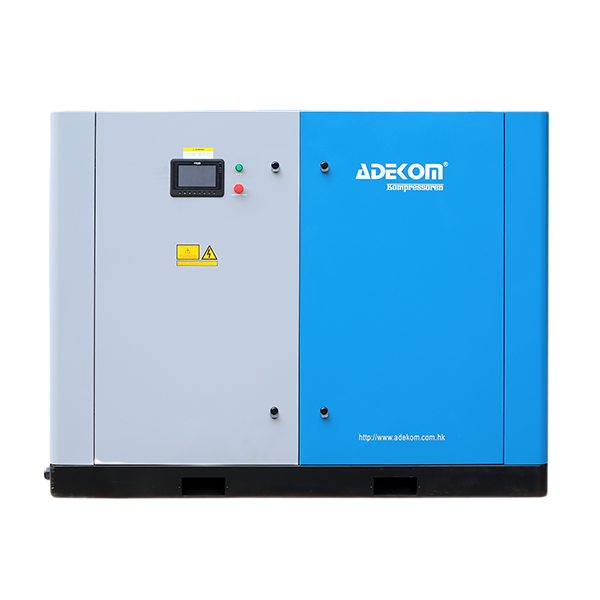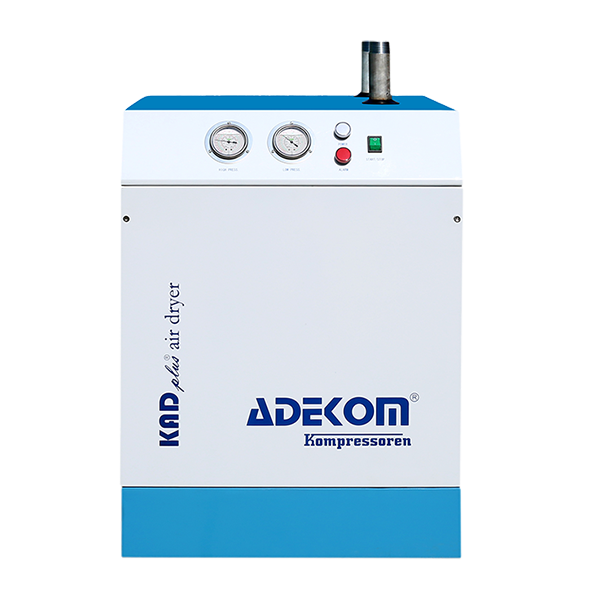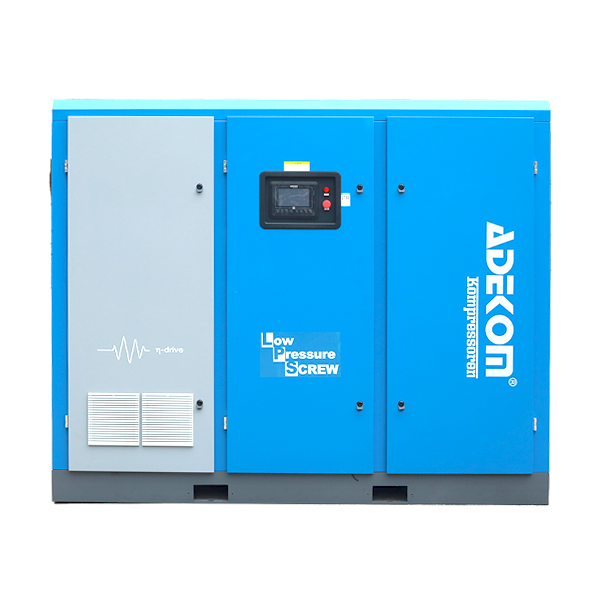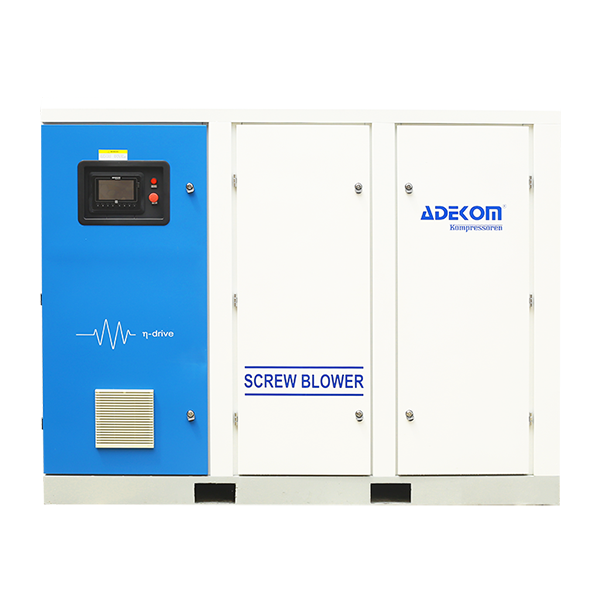
The pneumatic conveying sector leverages pressurized gas flow within enclosed pipelines to transport powdered and granular materials efficiently and reliably. Originating in late 19th-century Europe, this advanced technology has evolved over more than a century to become a cornerstone of industrial automation and smart manufacturing systems. Pneumatic conveying installations employ precise feeding devices to introduce measured material into pipelines, then use positive or negative pressure—commonly with air or nitrogen—to convey products to designated destinations. This approach delivers high energy efficiency, strong adaptability, clean and eco-friendly operation, and outstanding operational flexibility.
Conveying Methods
Pneumatic systems are classified into two main types based on material characteristics and transport requirements:
Role of Screw Blowers
Screw blowers are critical components in pneumatic conveying systems, providing the necessary airflow and pressure to mobilize bulk solids. By delivering high-velocity gas streams, these blowers generate robust pressure differentials that drive material movement through pipelines. Known for their reliability, stability, and efficiency, oil-free screw blowers are integral to maintaining consistent conveying performance. Key blower features include:
Market Outlook
Amidst the global shift toward Industry 4.0 and the ongoing restructuring of manufacturing supply chains, the pneumatic conveying market is positioned for significant growth. Sectors such as petrochemicals, steelmaking, specialty chemicals, rubber processing, and the food and pharmaceutical industries are increasingly adopting pneumatic solutions. With continuous advancements in compressor and blower technologies and expanding application areas, pneumatic conveying will remain a vital enabler of efficient, sustainable, and dependable materials handling in modern industry.










KGF Series Oil-Free Screw Blowers
Designed for demanding pneumatic conveying applications, the KGF series combines dry screw oil-free airend with advanced engineering to deliver high-pressure airflow with exceptional efficiency and durability.
Key Features
1.100% Oil-Free Compression: Dry twin screw rotors ensure no lubrication enters the airstream, maintaining absolute air purity.
2.Aerospace-Grade Supercoating: Ultra-tight clearances reduce leakage and enhance efficiency and component longevity.
3.Optimized Rotor Profiles: Specially contoured screws minimize fluid dynamic losses, delivering up to 30% energy savings compared to conventional Roots blowers.
4.Direct-Drive Design: Eliminates belts and pulleys, reducing routine maintenance and spare-parts costs.
5.Precision-Coupled Assembly: Rotors run synchronously with the motor, lowering vibration and boosting reliability.
6.Extended Pressure Capability: Supports up to 200 kPa for broader application versatility.
7.Typical Applications: New energy, chemical, metallurgy, construction materials, food processing, pharmaceuticals, and environmental engineering sectors.
Transporte Pneumático / Transporte Neumático / النقل الهوائي(أو: النقل باستخدام الهواء المضغوط)